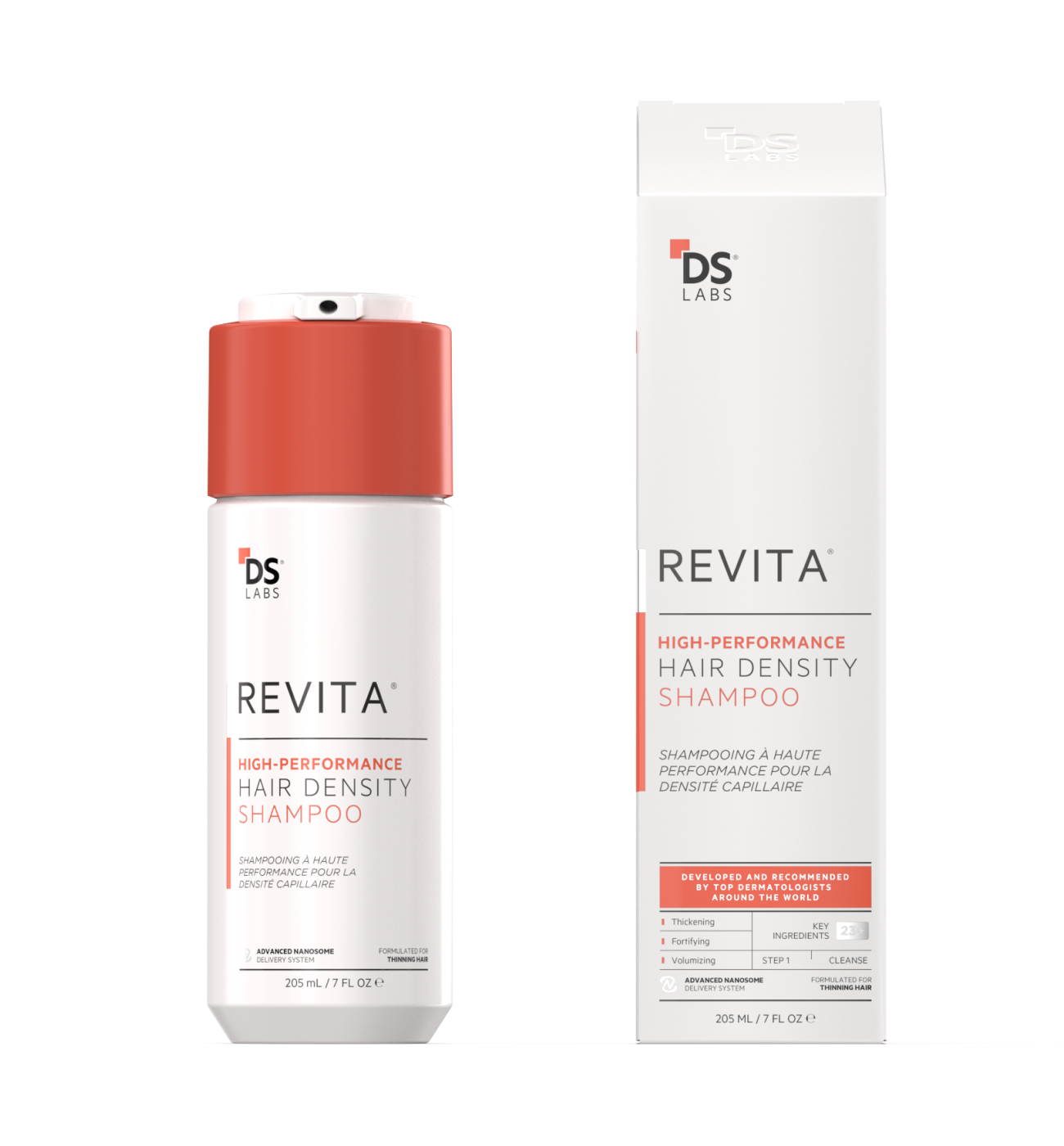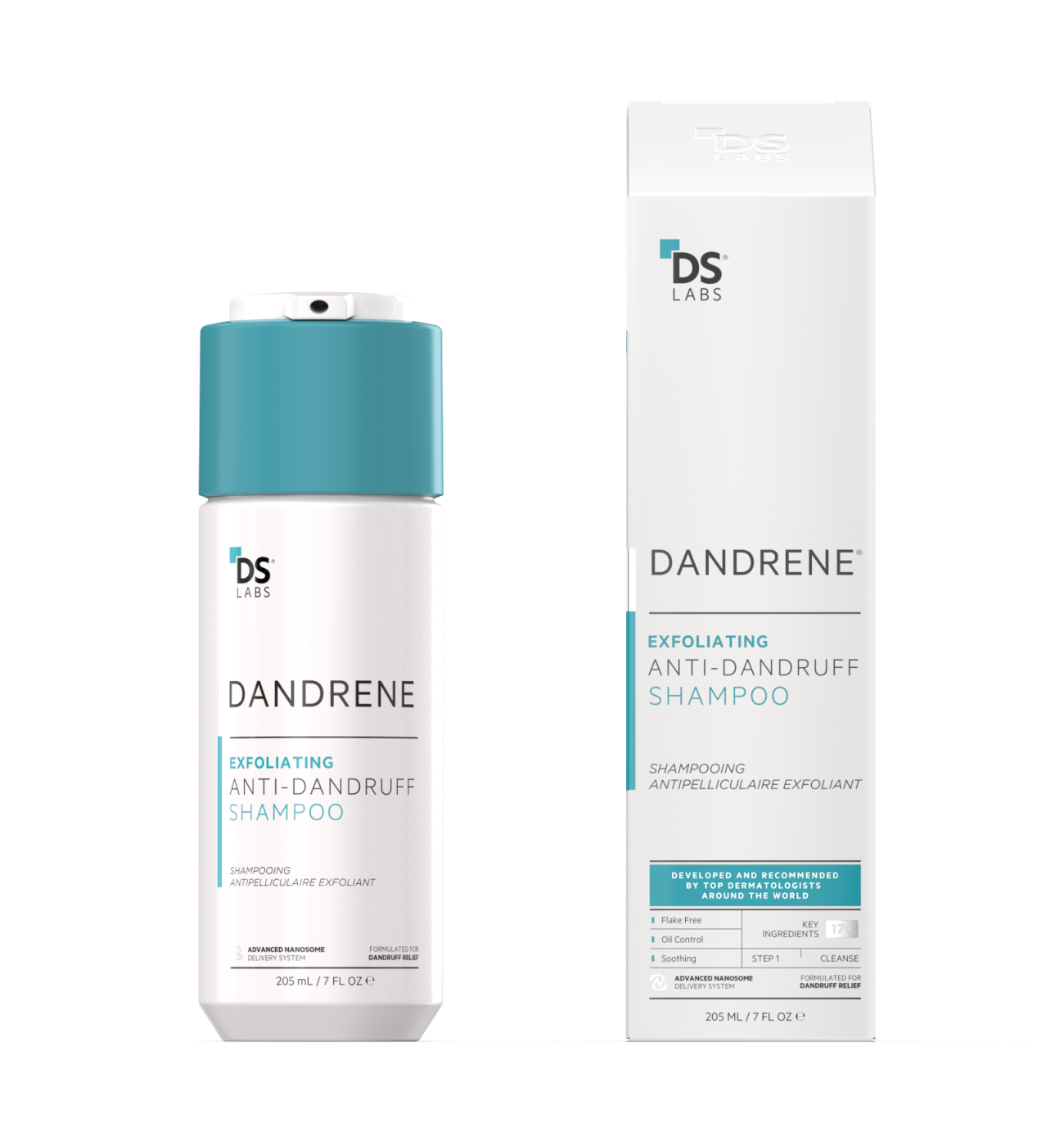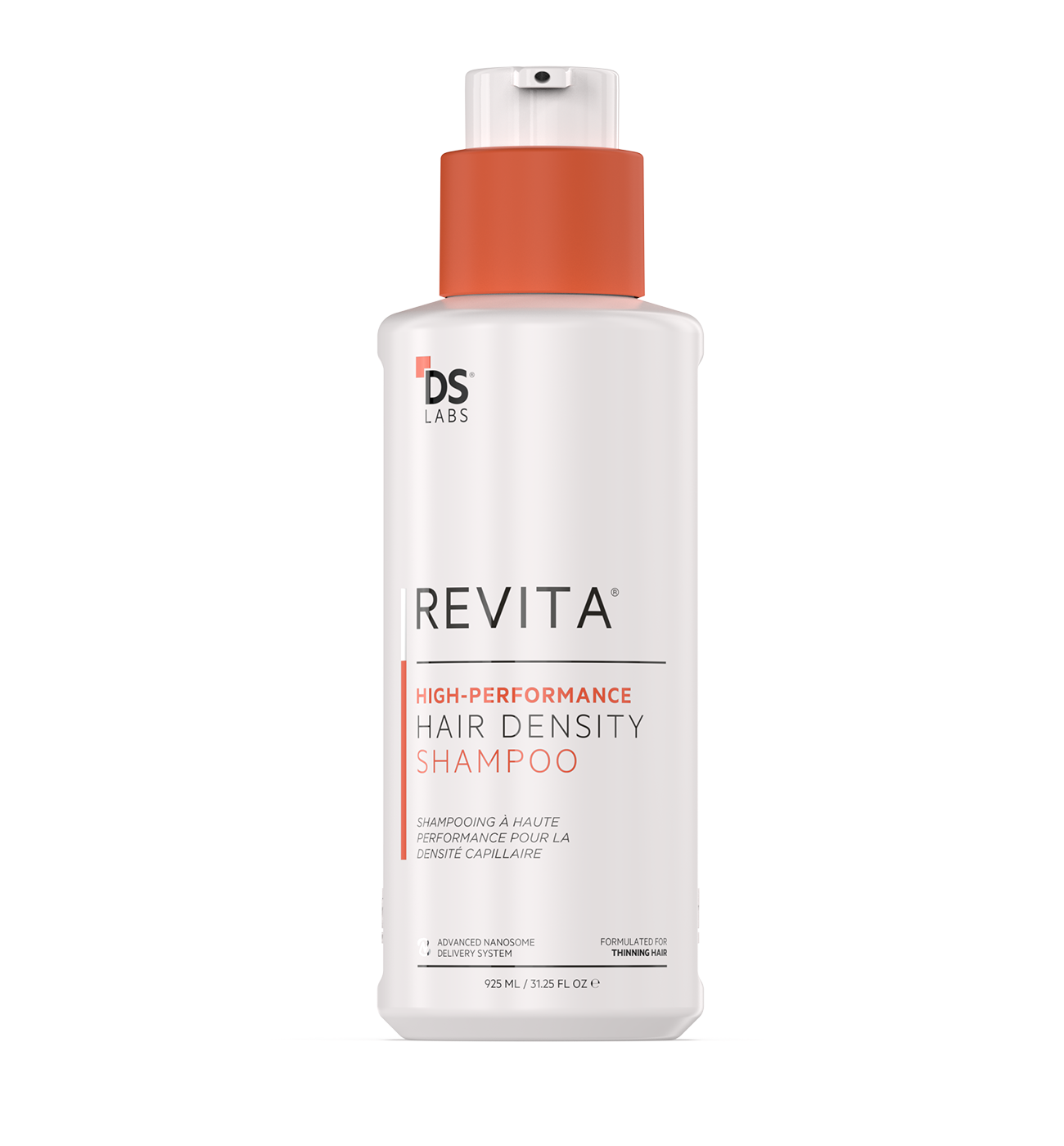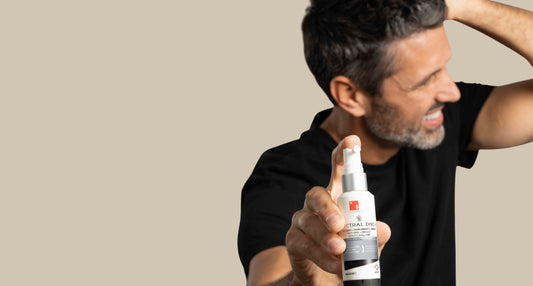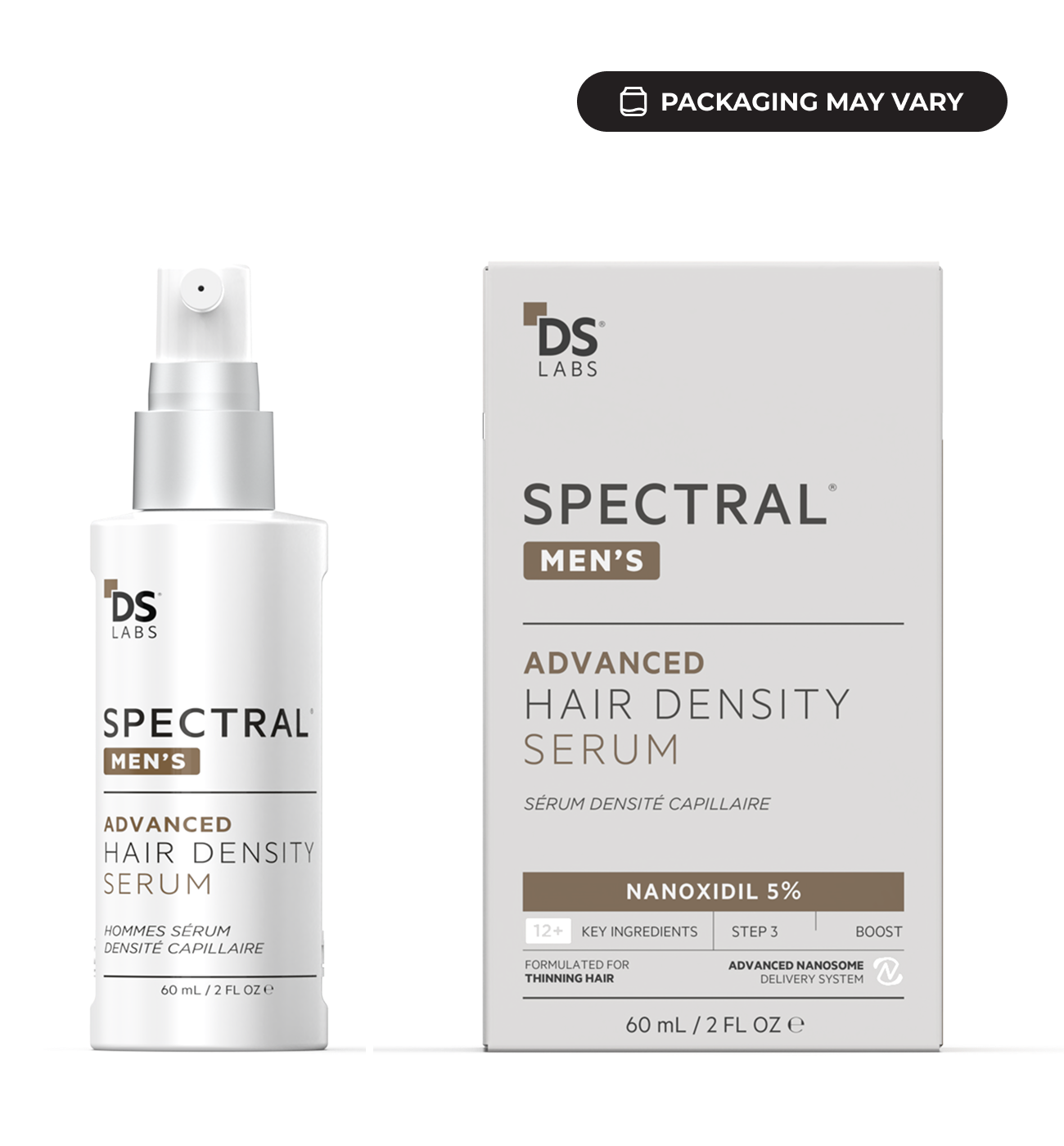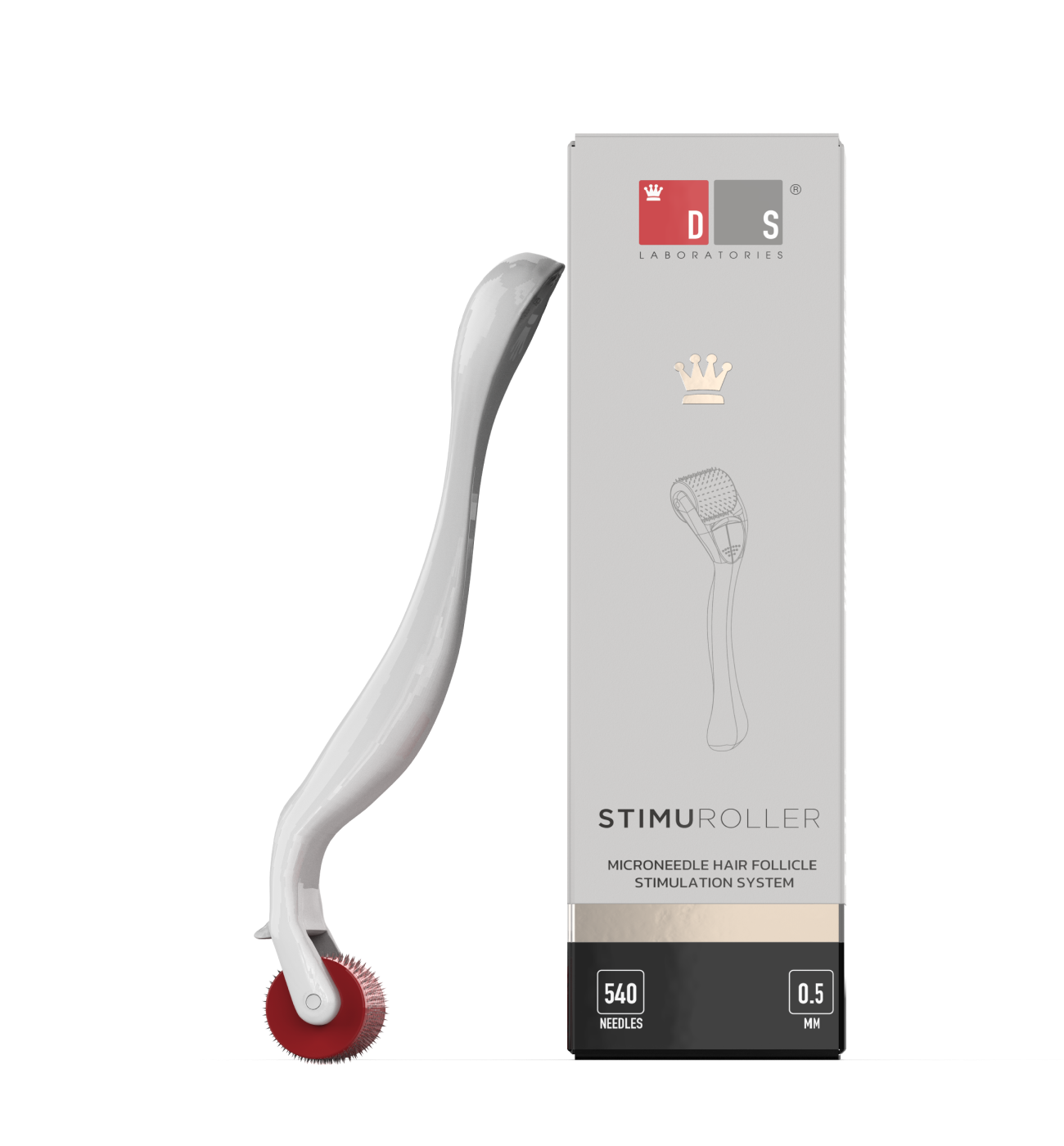Listen up, everyone. Did you know simply shampooing your hair is not good hair care? You need to do it right to keep your locks looking and feeling healthy.
There are a few universal rules of shampooing that can help you take care of your tresses, irrespective of your hair type.
And, you should follow these six tips to get the most out of your daily shampooing routine, starting today. Trust us when we say this, the results will surprise you only a few months down the line.
Rule #1 Choose the Right Shampoo
The first thing you should do is choose a shampoo that suits your hair type, needs, and goals. There are a lot of shampoos out there, so it can be hard to know which one to pick.
Here’s a rundown of the types of shampoo you should choose based on your hair type:
Dry, Damaged, and Dyed Hair
For this hair type, you’ll want to avoid sulfates. Since it is so good at eliminating oil and filth, most detergents and cleansers—even shampoos—contain sulfates. However, it has the potential to be so effective that it strips the hair of moisture.
Look for shampoos with moisturizing ingredients instead which will help lock moisture into the hair shafts.
If you have skin conditions such as rosacea, the American Academy of Dermatology (AAD) recommends using a sulfate-free shampoo, alongside avoiding fragrances and alcohol.
Blonde Hair
A combination of purple shampoo and conditioner is ideal for blonde hair, both natural and dyed. It is formulated to eliminate the brassiness that blonde hair is prone to. Brassiness is nothing but the orange or yellow tint that develops as a result of mineral buildup in the hair.
The blue or purple pigments in the shampoo cool down warm tones in the hair.
It should, however, be used sparingly and no more than twice per week. Overuse can still result in brassy hair.
Curly Hair
There are many types of curly hair, but in general, you'll want shampoos that are carefully formulated to be moisturizing. Avoid sulfates and certain alcohol-based ingredients in favor of natural oils and protein-rich shampoos.
This is because curly hair has a lower tensile strength. The curlier the hair, the more fragile and prone it is to breakage and heat damage. So steer clear of shampoos that can dry out your strands and make your hair brittle, therefore more prone to breakage.
Rule #2 Wet Hair Thoroughly
Be sure that all of the hair is wet before you begin applying the shampoo. This will give the shampoo a chance to do its job without stripping your hair of its natural oils and prevent your hair from drying out too quickly.
Stand under the running water and gently comb through your hair with your fingers to make sure it's all wet.
Rule #3 Focus the Shampoo on the Scalp
In most salons, the shampooing process begins at the scalp. This is because the scalp is where the hair roots are and where your oil glands are located. That's where you produce the most sebum, in addition to your newly grown hair.
You need to get rid of the sebum and grime build-up in your scalp to take care of your hair.
In contrast, the ends of the hair are generally older and dryer. So they are prone to getting more dehydrated from shampooing.
Rule #4 Conditioner Goes on Mid-Lengths to Ends Only
It's recommended that you only apply conditioner to the center and ends of your hair, as they are the oldest and driest parts and therefore require the most hydration.
Applying conditioner to the scalp might lead to excess oil generation and buildup. This is because the scalp naturally produces sebum that nourishes the hair roots.
Rule #5 Shampoo Only When You Need To
Each person's scalp and hair needs are different. So is the frequency of shampooing your hair.
You can decide to wash your hair more frequently if:
- you live in a humid climate,
- you use a lot of hair products,
- you workout often and get drenched in sweat.
Just be sure to use a conditioner after every wash.
However, if you don't go out very often or live in a cold climate, shampooing two to three times a week can be enough. You'll be able to tell when you need to wash your hair - it will start to feel excessively greasy and flat. In some cases, your scalp may start itching.
Rule #6 Avoid These Ingredients
Knowing your hair type and its needs will help you identify which ingredients to stay away from. Watch out for
Sulfates
These strong cleaning agents are responsible for suds and help to remove impurities from your scalp. However, they can also strip natural oils from your hair. If it is already dry and brittle, sulfates can irritate the scalp.
Sulfate-free shampoos are especially helpful for people with curly hair, whose strands need extra TLC in the form of moisture and proteins.
Silicones
Non-soluble silicones protect the hair shaft by acting as an occlusive layer, reduce frizz, and soften the hair, whereas soluble silicones add shine and have a conditioning effect.
Although silicone is typically safe, excessive use can result in buildup. This is because silicone protects the hair follicle by forming a “film” over it, but if not fully cleansed, could block other healthy ingredients from nourishing your tresses.
That said, silicone's ability to tame frizz and block moisture loss is a godsend for individuals with coarse, thick, curly, and dry hair.
However, those with extremely fine hair or very coarse hair may want to give it a miss.
Mineral Oils
Mineral oil is said to promote hair growth but there aren’t enough studies to support this claim. Instead, it could result in buildup that blocks nourishing agents from penetrating the scalp and might cause itchiness, eczema flare-ups, and rashes.
Takeaway
Hair care is really about knowing your hair type and its needs. So watch out for the right ingredients in your hair care product, apart from knowing when and how to wash it.
By doing your research and following the tips we've given you, you should be able to get your hair and scalp healthy in no time. We wish you the best of luck with your new hair care routine.



